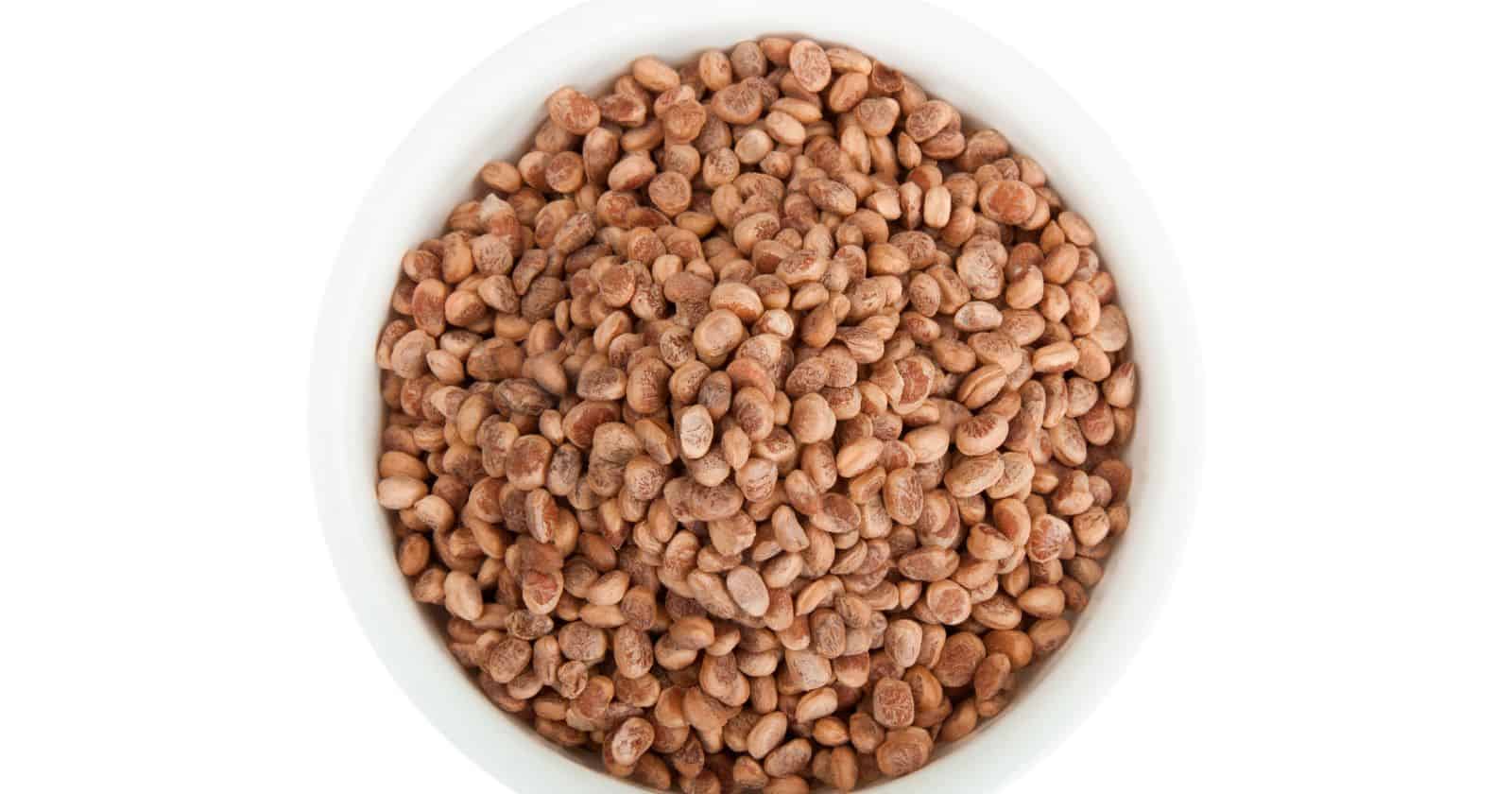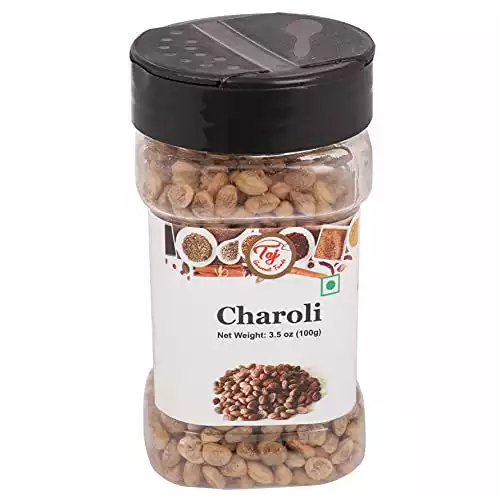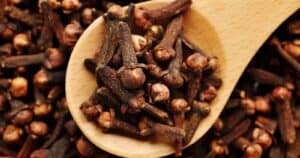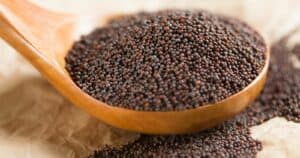Do you feel like you’ve tried every superfood out there but still can’t find the perfect one?
Maybe you’re looking for something that can boost your energy levels, improve your digestion, and keep you feeling full for longer.
If that’s the case, you must know about charoli – the nutty superfood taking the health world by storm.
Charoli is a small, almond-like nut that’s native to India. It’s packed with nutrients like protein, fiber, and healthy fats, making it a great addition to any diet. But what sets charoli apart from other nuts is its unique blend of vitamins and minerals. It’s rich in vitamin E, which can help reduce inflammation and promote healthy skin and magnesium, essential for strong bones and a healthy heart.
In this article, I’ll dive deeper into the benefits of charoli and explore how you can incorporate it into your diet. I’ll also be sharing some delicious recipes that use this nutty superfood, so you can start reaping the rewards of charoli today.
So, whether you’re a health nut looking for a new ingredient to add to your smoothies or just someone who wants to boost their overall well-being, keep reading to learn more about charoli!
Introduction To Charoli What Is It And Where Does It Come From
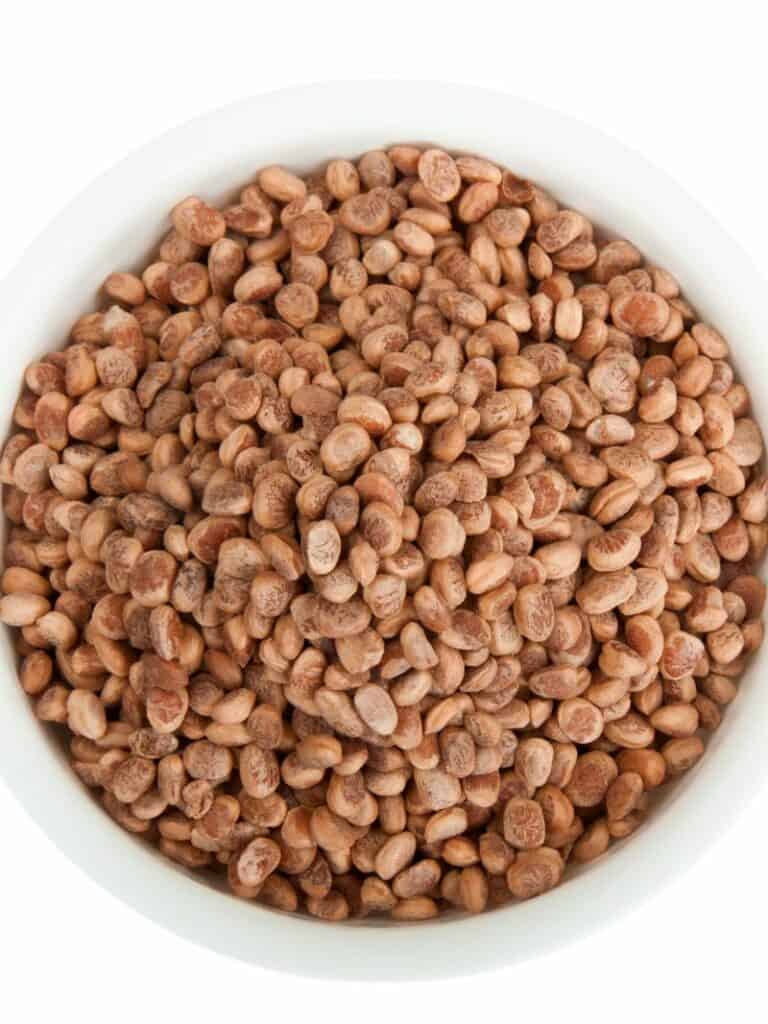
Charoli (Chironji) is a tiny almond-flavored superfood quickly becoming popular worldwide.
Cultivated across India, charoli are dried seeds from the Buchanania lanzan fruit tree; this plant grows wild in Indian forests.
The most common association with charoli is in-depth with food from Maharashtra, whereas each location refers to these nutty seeds differently. Charoli is derived from the Buchanania Lanzan tree, which provides a unique taste and texture.
These seeds can be consumed raw; however, they usually get fried or roasted to increase flavor. They have a distinct nutty aroma and taste while being mildly sweet and acidic – making them perfect for adding to both sweet and savory dishes.
Nutritional facts of charoli show that 10g of this ingredient includes significant amounts of energy, protein, fat, and carbohydrates.
Flavor Profile Of Charoli Nutty Creamy And Slightly Bitter
Charoli is an excellent nutty-flavored superfood with a slight bitterness that can add a delicious crunch to any meal. You can eat it whole as a snack or use its subtle taste to season and enhance various dishes.
When cooking Charoli, make sure not to heat it excessively to avoid burning, and consider incorporating fatty nutritive ingredients in your recipe to help disguise the bitter taste.
The flavor profile of this excitingly exceptional superfood is something special. With a nutty creaminess that’s slightly bitter and versatile enough to be added to sweet or savory recipes, Charoli will become a staple in many kitchens worldwide!
Health Benefits Of Charoli What You Need To Know
Charoli is a nutritional powerhouse packed with various essential vitamins and minerals. Not only does it have the potential to aid in weight loss and help manage menopausal symptoms, but it’s also incredibly effective in fighting inflammation and protecting from the harmful effects of free radicals.
Charoli can also be beneficial in treating constipation and irregular bowel movements, reducing menstrual cramps and skin infections.
Here are some potential health benefits of charoli:
- Rich in protein, fiber, and healthy fats
- It contains high levels of vitamin E, which can reduce inflammation and promote healthy skin.
- Good source of magnesium, essential for strong bones and a healthy heart
- It helps regulate digestion and prevent constipation.
- It may aid in weight loss by promoting feelings of fullness.
- It contains antioxidants that can help protect against diseases such as cancer and heart disease.
- It can be beneficial for diabetics due to its low glycemic index.
- It can be used in various dishes, from savory curries to sweet desserts, making it a versatile ingredient to add to your diet.
Culinary Uses For Charoli Recipes And Dishes That Feature This Ingredient
Charoli (or chironji) are small, hard kernels with a nutty flavor and can be used in many dishes. They can be used whole or ground into a flour, paste, or seasoning agent.
Charoli is often used as a topping for desserts and drinks but has many uses in savory dishes. For instance, it works well in pesto or curry sauces, garnishes sprinkled on soups and salads or added to various baking recipes.
Here are some savory dishes that feature charoli:
Charoli Paneer
Charoli can be added to this classic Indian dish for a nutty crunch and added protein.
Charoli Pilaf
Charoli can be added to rice dishes, like pilaf, for extra flavor and nutrition.
Charoli Bharta
Charoli can add a nutty flavor to this traditional Indian dish with roasted eggplant.
Charoli Ladoo
Charoli can be used to make these traditional Indian sweets, which are made with flour, sugar, and ghee.
Charoli Barfi
Charoli can be added to this milk-based dessert, similar to fudge.
Charoli Kheer
Charoli can add texture and flavor to this rice pudding dessert.
Cooking with Charoli
Like other nuts, cooking with charoli is easy; here are some tips for preparing and cooking.
Toast the charoli
Toasting charoli nuts can help to enhance their nutty flavor and bring out their aroma. Simply heat a dry pan over medium heat and toast the charoli nuts until lightly browned.
Soak the charoli
If you plan to use the charoli in a recipe that requires a softer texture, like in a dessert, it’s best to soak them in warm water for 20-30 minutes before using them. This will help to soften them up and make them easier to work with.
Grind the charoli
To use charoli as a paste or powder, grind them in a food processor or mortar and pestle until you reach the desired consistency.
Use charoli as a garnish
Charoli makes an excellent garnish for dishes like curries and salads, adding a crunchy texture and nutty flavor.
Pair charoli with complementary flavors
Charoli pairs well with other Indian spices like cumin, coriander, and turmeric. It also goes well with sweet flavors like coconut, jaggery, and honey.
Add charoli toward the end of cooking.
Charoli should be added towards the end of cooking to prevent them from becoming too soft or losing their texture. This is especially important when using them in dishes that require a crunchy texture.
Where to Buy Charoli?
Charoli can be purchased at Indian grocery stores, health food stores, and online retailers specializing in Indian or South Asian foods.
When buying charoli, make sure it’s fresh and of good quality, free of mold or discoloration. Store in an airtight container in a cool, dry place for up to six months.
(Chirongi, Cullapa Almond, Buchanania lanzan), 3.5-Ounce
Charoli Substitutes
While charoli is a unique and flavorful ingredient, a few substitutes can be used if it’s unavailable.
Here are some options:
Almonds
Almonds have a nutty flavor and texture similar to charoli and are a good source of protein and healthy fats.
Cashews
Cashews have a creamy texture and mild flavor that can work well as a substitute for charoli in specific recipes.
Pistachios
Pistachios have a similar flavor and texture to charoli and can be used in recipes like desserts or as a garnish for savory dishes.
Pine nuts
Pine nuts have a sweet, nutty flavor and can be used instead of charoli in dishes like pesto or salads.

